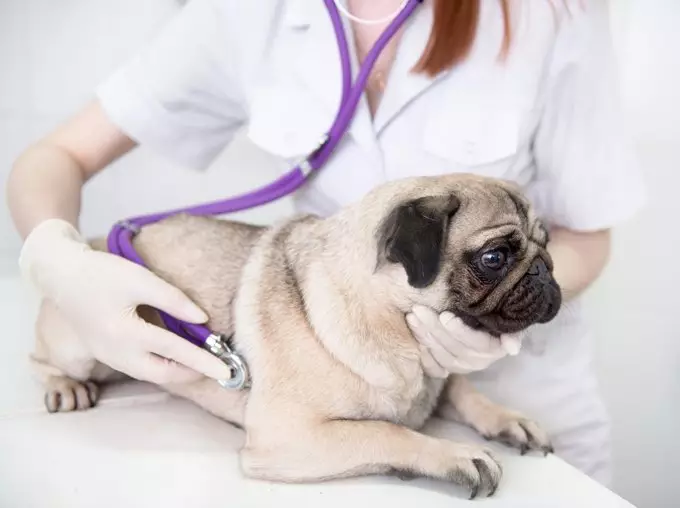Spaying and neutering are commonplace surgical procedures designed to sterilize pets by removing their reproductive organs. Spaying pertains specifically to female animals, where both the uterus and ovaries are removed through a surgical incision in the abdomen. Neutering, on the other hand, typically refers to male animals, involving the removal of the testicles through one or two small incisions. These operations contribute significantly to controlling the pet population while also providing health benefits; however, one of the most pressing concerns for pet owners is the pain their beloved companions might experience during and after these procedures.
It’s an undeniable fact that spay and neuter surgeries can cause discomfort and pain, primarily due to the surgical interventions involved. Veterinary practices today have evolved considerably in pain management, ensuring that pain is adequately addressed through medications. Prior to surgery, animals often receive sedatives or analgesics to reduce anxiety and mitigate the pain response during the procedure. Post-operative care is equally essential; veterinarians are generally diligent in prescribing pain medications following surgery to facilitate comfort as pets recover at home.
Given that pets cannot verbally express their discomfort, pet owners must be observant of behavioral nuances that may indicate pain. Signs like lethargy, decreased appetite, and reluctance to engage in previous activities—such as jumping or playing—should prompt immediate consultation with a veterinarian. By being proactive and attentive, pet owners can significantly contribute to their pet’s recovery and overall wellbeing.
Moreover, it’s important to acknowledge that pain perception varies significantly among individual animals. Several factors—including age, breed, and overall health—can influence how a pet experiences and responds to surgical discomfort. For instance, younger pets may recover more quickly from surgery and require less medication than older or ill pets, who may experience more prolonged effects. Thus, it is imperative for veterinarians to tailor their approach to pain management, ensuring that the specific needs of each animal are met efficiently.
In anticipation of potential pain, veterinarians are encouraged to provide clear communication regarding the pain management plan before the surgery occurs. Some pet owners might mistakenly believe that pain medication is optional, but it is prudent to discuss and verify the necessity of such treatments. Following the surgical procedures, some pets may be discharged with specific instructions for administering their medications at home, which can play a crucial role in a smoother recovery process.
As the pet owner, engaging with your veterinarian about any concerns regarding your pet’s pain management plan will empower you to take an active role in your pet’s recovery. By understanding the surgical procedures, the pain involved, and the strategies for managing it, you can significantly enhance your experience and strengthen the bond between you and your pet during its recuperation. While spay and neuter operations can impart some discomfort, careful planning and attentive post-operative care can lead to a comfortable recovery for your pet.

